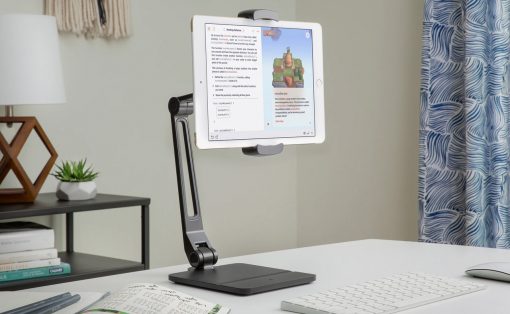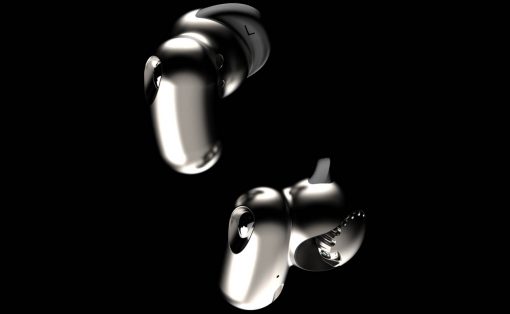eBook readers, often just called eReaders, have come a long way since the earliest days of the likes of the Amazon Kindle. Not only do some of them now support pen input for jotting down notes, some even have color E Ink screens that add a bit of life to There are also some that are practically Android tablets with e-paper displays instead of LCDs or OLEDs, offering a more eye-friendly digital lifestyle. Unfortunately, those new features do add up, making the newer generation of these devices more expensive than their forebears. That means that these color eBook readers are even more of an investment than before, and their longevity is now more important compared to the past. Thankfully, manufacturers are taking notice and may have started the journey toward a greener future for this market with Kobo blazing the trail.
Designer: Kobo
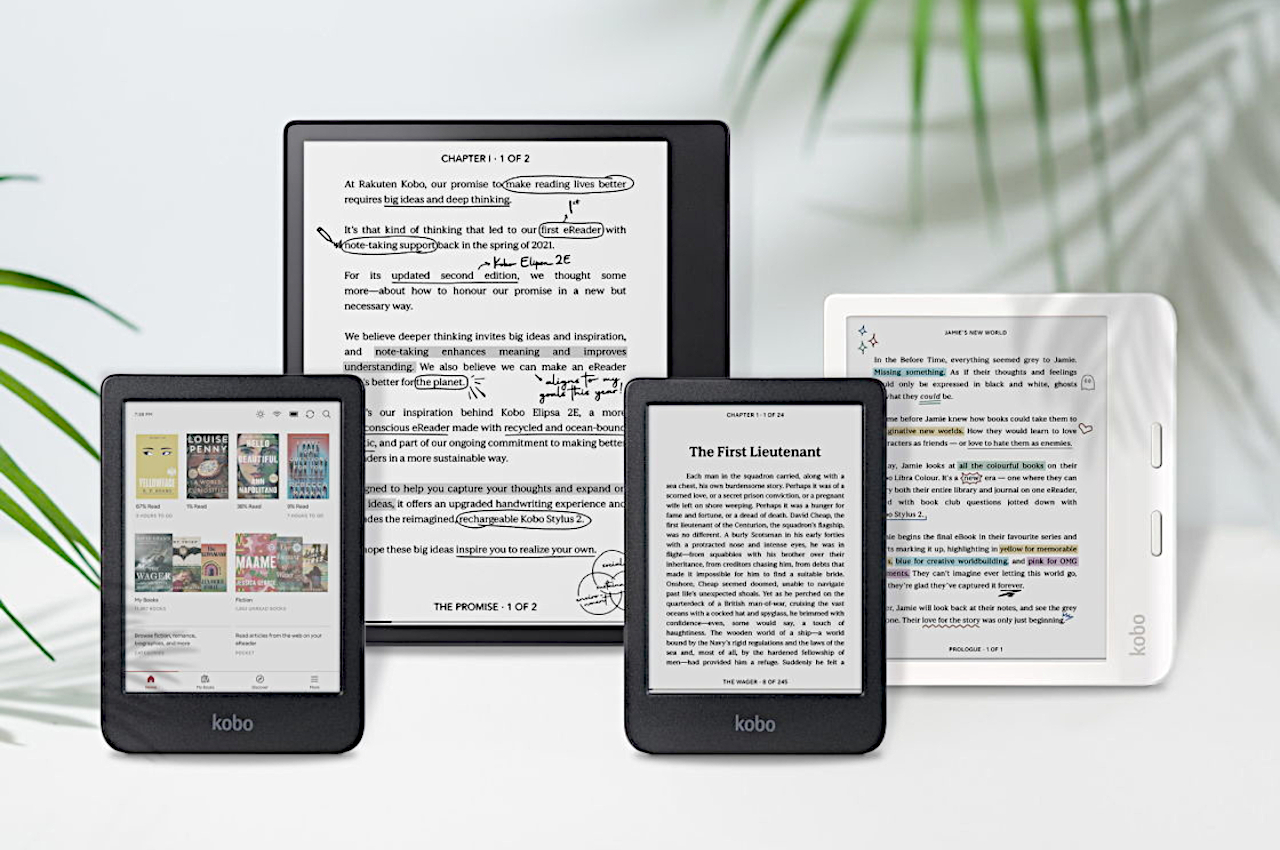
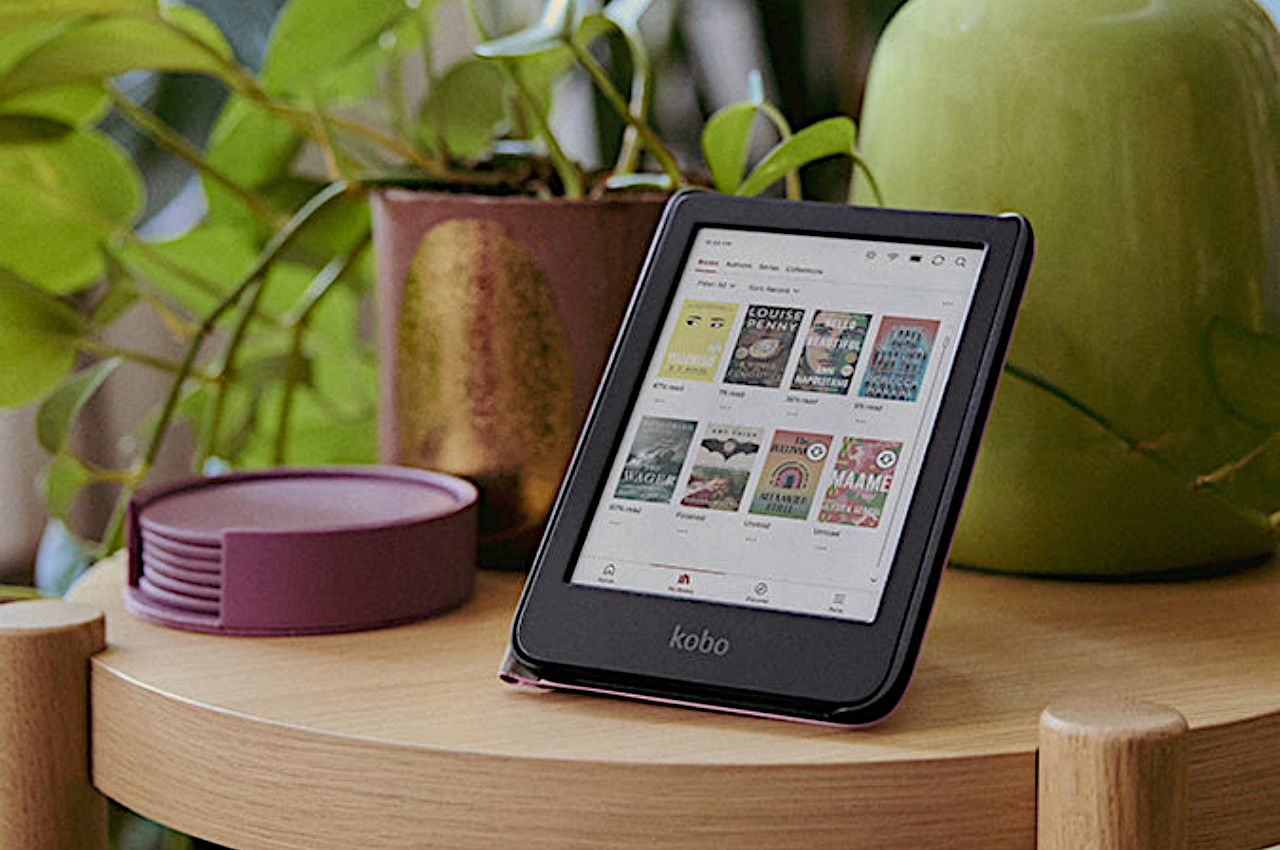
Amazon’s Kindle might be the household name when it comes to eBook readers, but it is hardly the only game in town, not by a long shot. In fact, when it comes to innovation, you could even say that it lags terribly behind, banking only on its industry clout and expansive library to maintain its lead. As far as major brands are concerned, Kobo can be considered second place, but its latest moves have definitely put it ahead of the game in some aspects.
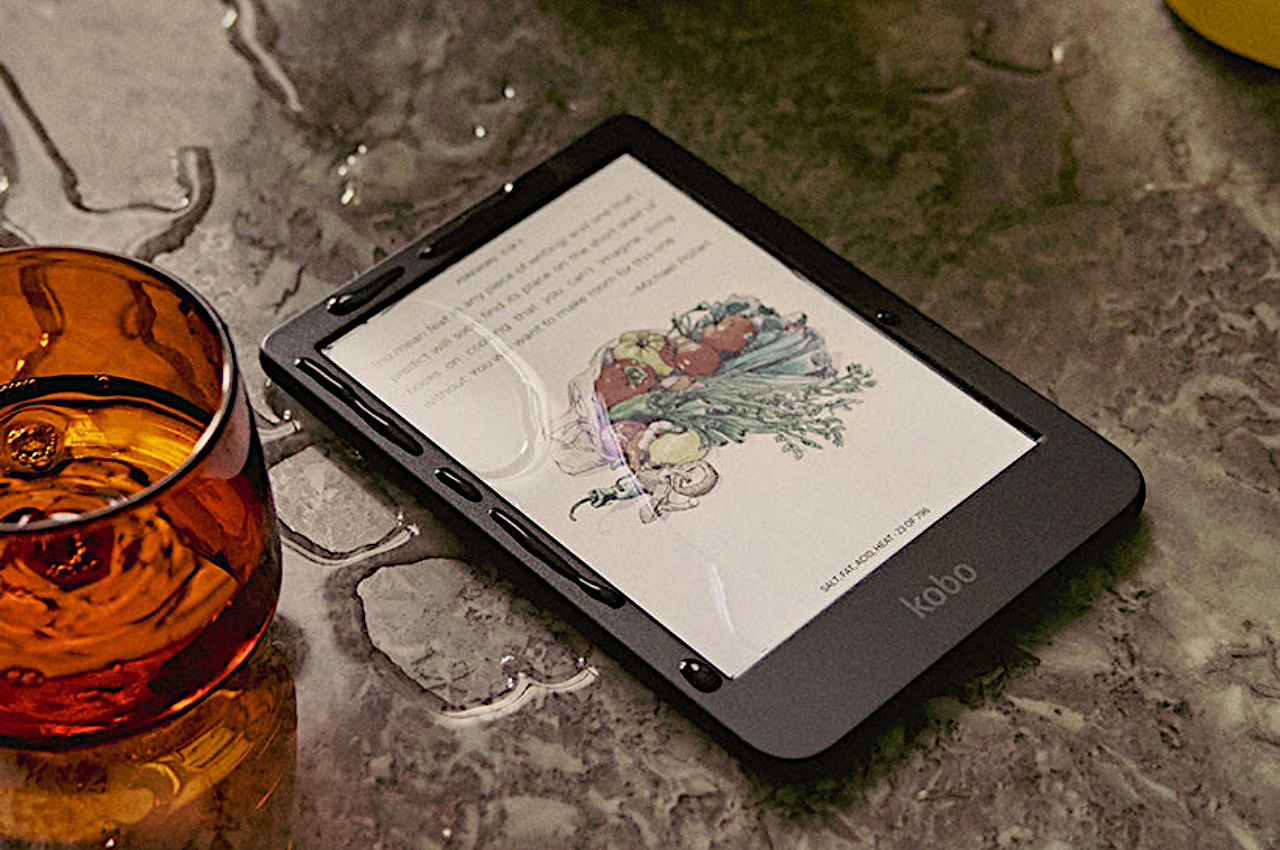
It has recently launched three new eReaders, two of which have color E Ink screens. While the technology is hardly new, it is the first time a major brand adopted it. In contrast, Amazon has only been rumored to be working on a similar device, but given how long it took to come out with a pen-enabled Kindle, it might still take a while. Then again, now that Kobo has stolen its thunder, it might be a bit motivated to expedite its schedule.
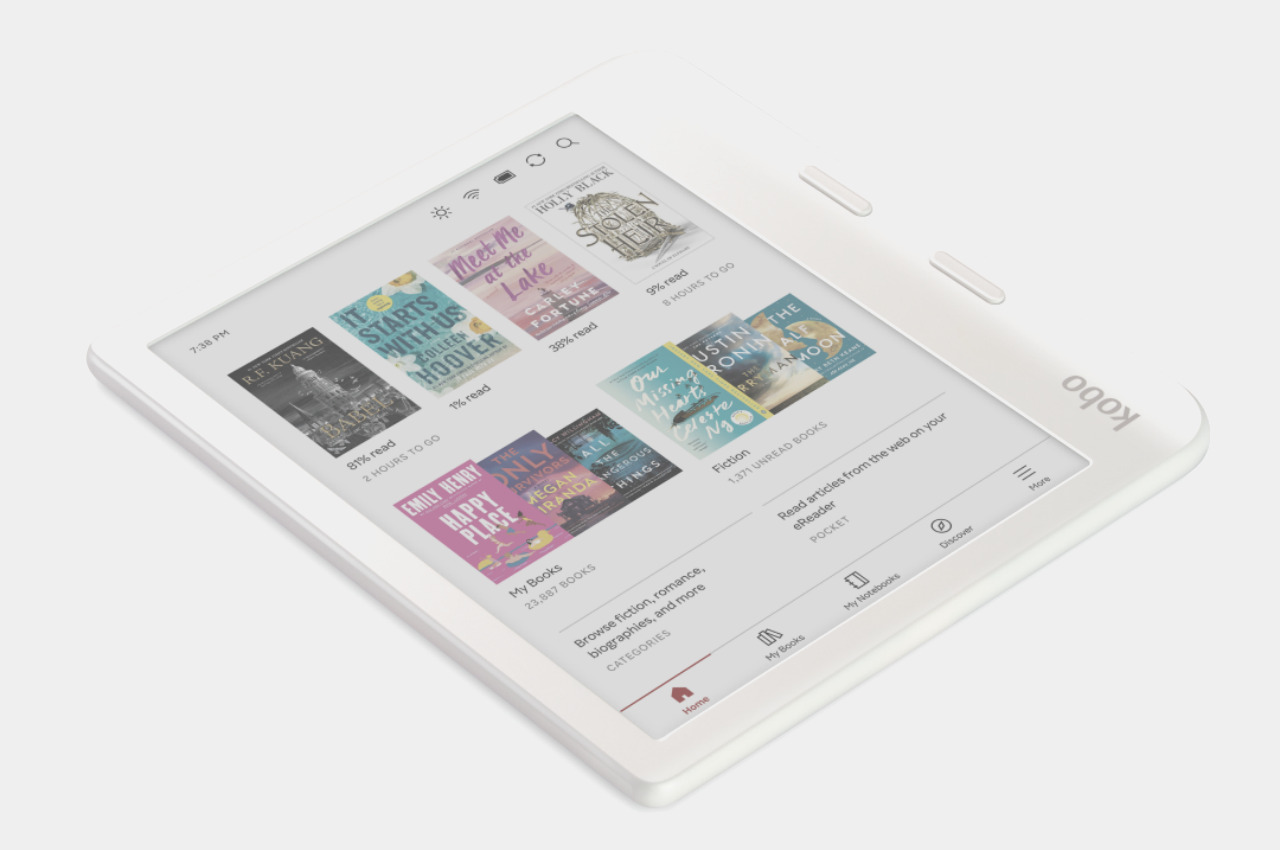
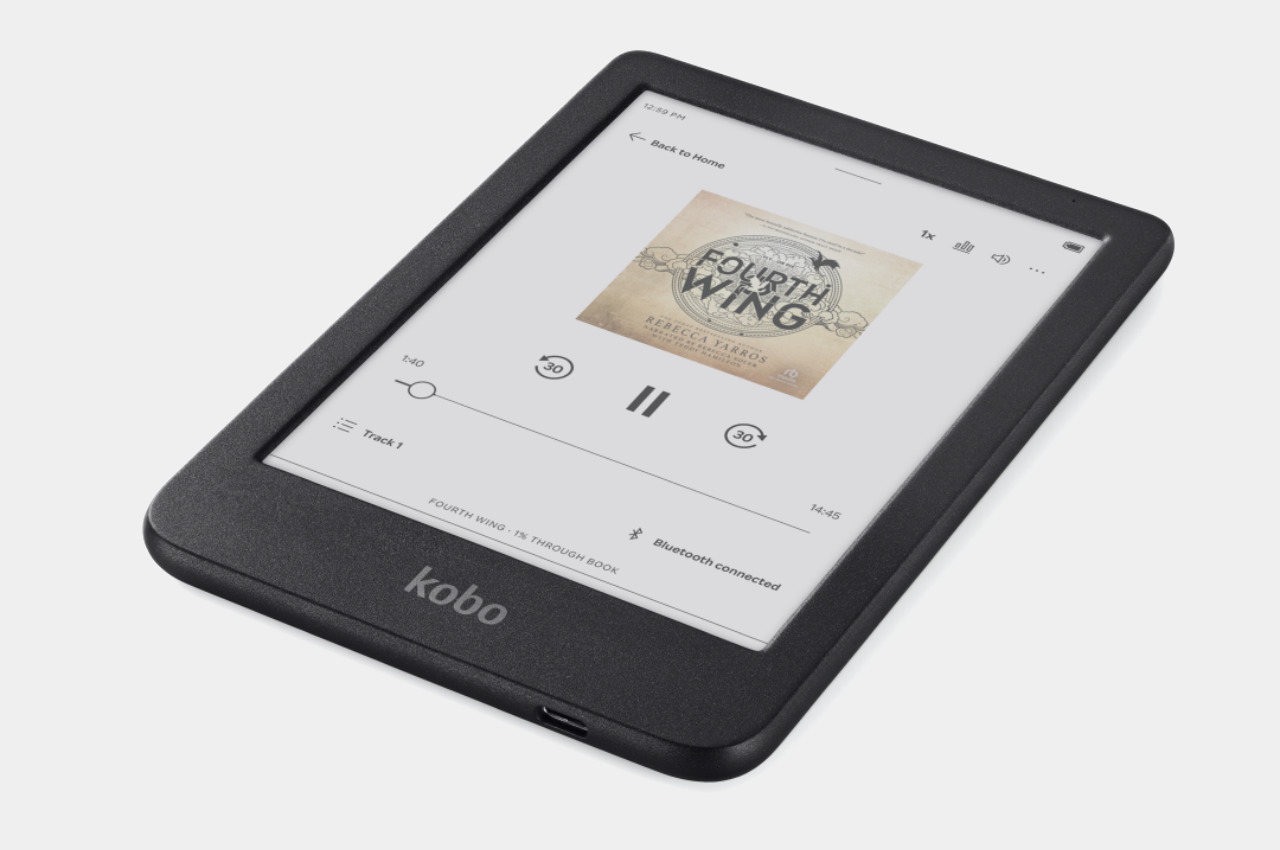
What’s more interesting, however, and one that almost flew under the radar, is that Kobo’s three new readers will also be its most repairable devices. It has apparently partnered with self-repair experts iFixit in making the new Kobo Libra Colour, Kobo Clara Colour, and Kobo Clara BW more repair-friendly, which means that repair kits and instructions will be made available. As of this writing, details are still non-existent, but it’s still a huge step forward and a first for the eBook industry.
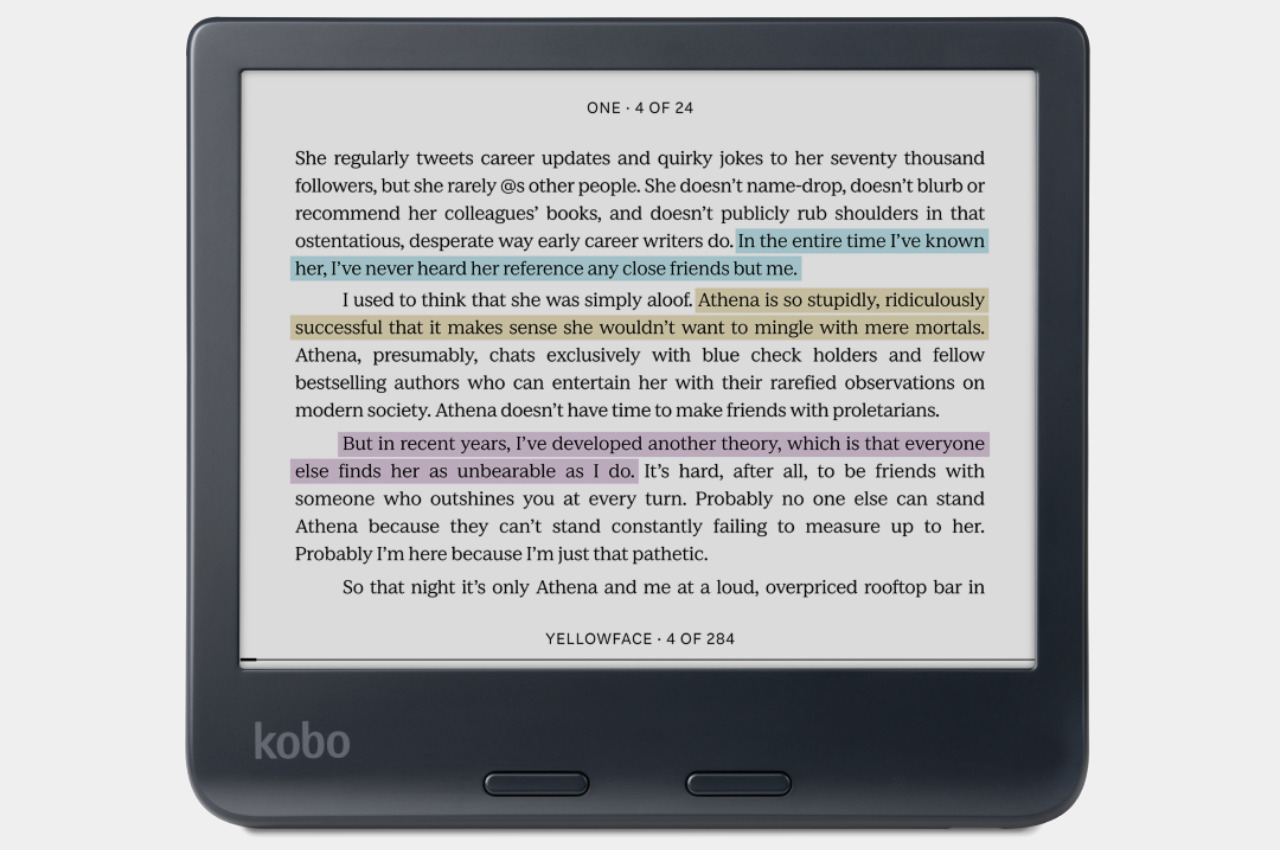

What this practically means is that these three devices could very well become the longest-lasting of their kind, allowing owners to replace certain parts for as long as those parts are available. As eReaders graduate from cheap and almost disposable plastic devices into powerful and sophisticated machines, the need to make them more durable and resilient also grows. To its credit, Kobo has been making major strides toward sustainability, including the use of more than 85% recycled plastic in its devices. This pleasant surprise goes above and beyond what any eReader manufacturer has so far done, putting Kobo on the same track as the likes of Apple, Samsung, and Google in the smartphone market.




